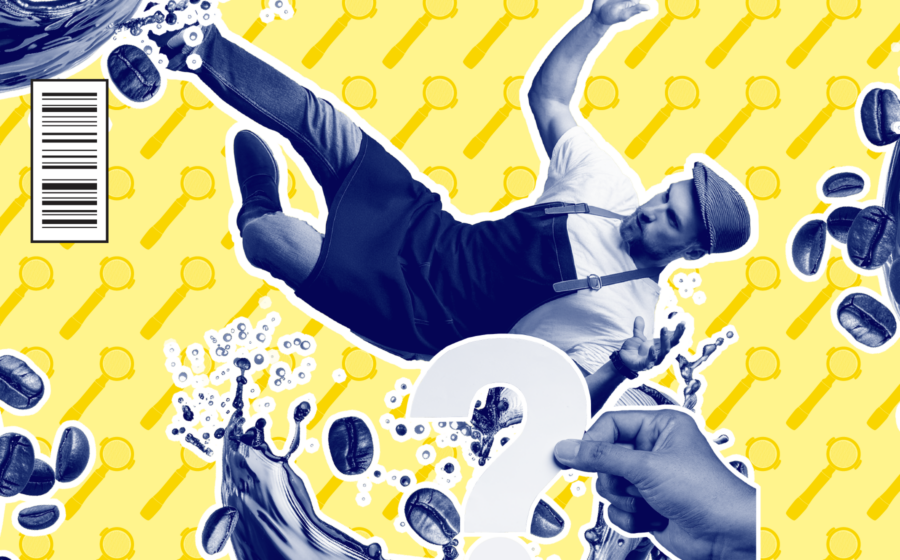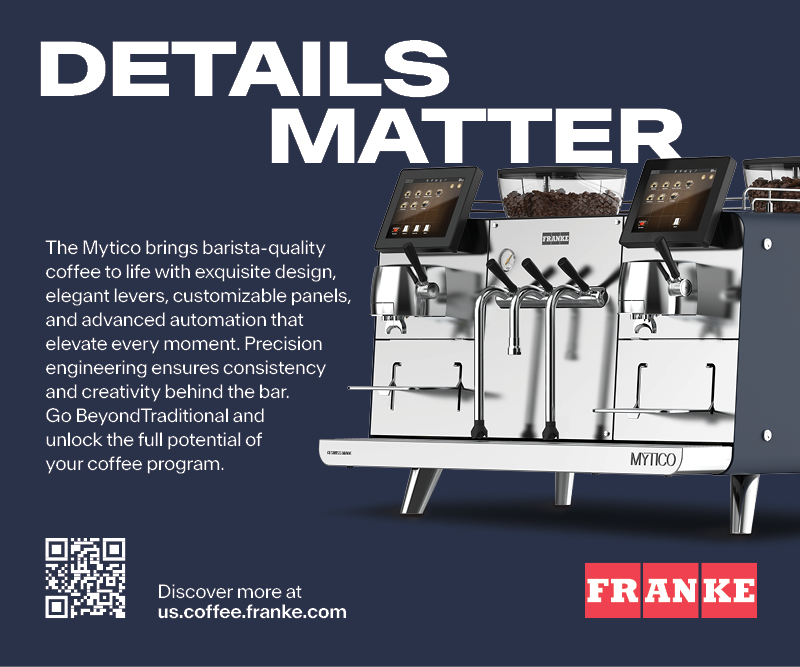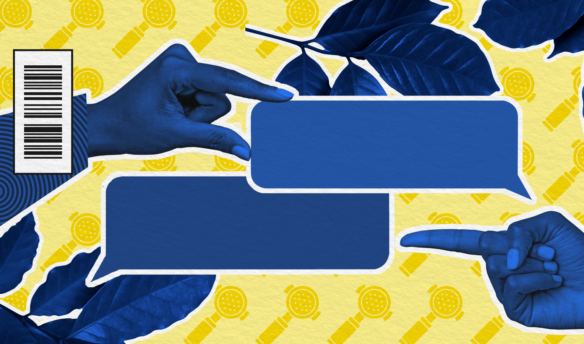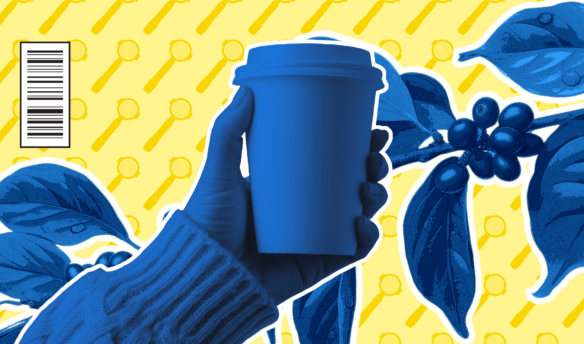It’s a tale as old as time: You’ve responded to a barista job listing on Instagram or Craigslist. You meet with the owner or manager, have a quick interview, and they assure you that the job is good: The customers are lovely, your coworkers are great, and you’ll be working with excellent coffee.
So you decide to accept the job—but when you show up on your first day, you have no clue where to start. What’s more, the other employees have no idea who you are.
This happened to me at every barista job I ever had, and I’m sure I’m not the only one. This kind of thing doesn’t even just happen in coffee shops: Bad or limited onboarding is common across all industries, with a range of studies indicating that 40–50% of employees are dissatisfied with how rudimentary and incomplete their onboarding experience was. Smaller retail businesses without well-developed standards and policies are particularly vulnerable to making onboarding mistakes that can result in low levels of employee engagement and high levels of turnover.
As a manager or business owner, being proactive about creating a positive onboarding experience and setting clear expectations goes a long way. A common theme across what I write about human resources is that most employees aren’t driven by pay (although this is not an excuse to pay people poorly). Instead, they’re driven by job satisfaction, which starts from day one.
Developing a comprehensive, robust, and welcoming onboarding system sets the stage for your future employees, and can help create a healthy and happy work environment that makes baristas want to stay and grow. Here’s a framework detailing everything you need to develop a positive onboarding process in your cafe.
Get Employees Set Up On Payroll ASAP
Get the dry stuff out of the way first. Employees shouldn’t feel anxious or confused about how they’ll get paid, so it’s important to set up payment systems as soon as possible. Whether you’re using your point of sale’s payroll function or going through a traditional payroll company, most of these platforms have complete checklists for hiring and paying employees, so you can get them to new baristas right away.
Although the documents needed to pay employees can vary based on country, in the U.S., most new employees need to:
- Verify eligibility to work through a government-issued form of identification and an I-9 form
- Fill out a W4
- Set up a direct deposit, either through a voided check or a direct deposit form
Remember that, for some baristas, this might be the first time that they’ve seen these documents—that means you should prepare to help new employees fill out these forms, too.
I still feel so much stress over what number to put for withholding on my W4 when starting a new job. Does this line need a 0 or a 1? What goes on which line when I have a second job? While you don’t have to be a tax expert, it’s important to have a base of knowledge, or understand where to send an employee for help so they don’t have any nasty surprises when they file their taxes.
Send Them Their Schedule for Their First Two Weeks
Every employee deserves to know their schedule with as much advance notice as possible. Many cities and states have laws mandating proactive scheduling, which entails giving employees their schedules ahead of a set amount of time or avoiding scheduling back-to-back shifts with minimal downtime. From a logistical and an ethical standpoint, it’s just good business to give employees a reasonable expectation of when they’ll be working, how many hours they’ll be working in a week, and to keep scheduling expectations consistent within reason.
The last point brings up a big issue that employers often overlook: being clear on scheduling expectations. Over the years, I’ve heard countless stories about baristas taking a new position, expecting to work full time or a set amount of hours, only to find out they’ll be working a fraction of the hours they were promised. Don’t be a horror story for someone who may be living paycheck to paycheck.
Introduce New Hires to the Rest of the Company
Whether you do so in person, via email, or on your in-house communication platform, let everyone know that there’s a new person coming on board to welcome and support. Make sure seasoned employees know when their first shift is, and share both necessary information (like if they have coffee experience, or their familiarity with retail operations) and fun facts (astrological sign, hobbies outside of coffee).
And make sure your new hire knows that others are expecting—and are excited—to meet them. Showcasing an environment of camaraderie from the outset can calm the nerves that come from starting a new job.
Send First-Day Instructions
Speaking of nerves, you can mitigate the effects of nerves by providing more information than you think you need to on your new employee’s first day. Consider providing the following details:
- Where should they park?
- Who are they meeting?
- Who else will be on their shift?
- Which documents, apparel, or other supplies will they need or receive?
- What is the hour-by-hour breakdown of what they’ll be doing?
Being organized and thoughtful can set up a new barista to feel confident and supported, which goes a long way toward assuaging any uncertainty. The bar here is particularly low; showing care and intentionality instead of expecting new employees to wing it shows them you are confident in their skills, which will trickle down and help new team members succeed.
Have a Manager or Owner Present on Their First Day
Yes, coffee shop owner, you should show up at 5:30 a.m. for your new barista’s first shift if possible. Showing enthusiasm for a new hire, especially if they’re not your direct report, is a great way to make a barista feel like they are part of something bigger than just clocking in and out of shifts.
At the very least, don’t saddle someone with no authority with the responsibility of showing a new barista the ropes—a trainer or manager should be scheduled to work with all new hires. Unless their title, pay grade, and/or job descriptions reflect it, baristas are not trainers and it’s unreasonable to expect them to successfully onboard a new employee.
Have New Baristas Review Your Handbook—On the Clock
Every new employee needs to know how to succeed from the get-go. One of the first things they should do during their initial shift is review any essential company documents, like handbooks, store policies, recipe guidelines, and opening and closing checklists. It’s even better if the person leading the onboarding goes through these documents with new employees directly.
Crucially, leaders should go over policies where a violation would result in discipline or termination. Whoever is charged with onboarding should be straightforward and direct about unacceptable behaviors. This will set a positive standard, and also assure new employees that their safety is of the utmost importance.
Follow up these conversations by noting the perks of the job, like free coffee, pastries, or meals. Emphasizing perks can be exciting and give employees a sense that care is embedded in the company’s DNA.
And most importantly: All of this should be done on the clock. For new hires, familiarizing themselves with company policies is work—and doing so with a supervisor available for questions and clarifications increases the likelihood of policies being followed.
Let Them Know the Scope of Their Training
Whether someone is a brand-new baby barista or a seasoned veteran, they’ll need direction when joining a company. Training milestones can involve everything from learning specific service language to going through the entire process of how to make coffee. Whatever the case, new baristas should be clear on what it will take to make them a self-sufficient, contributing team member.
This is especially important if pay increases are tied to training milestones. Be up front with what will make new hires successful baristas at your company, and how they can get to that point. One way to automate this process is by setting up checkpoints at 30-, 60-, and 90-day milestones, and listing which skills a new barista is expected to have gained at each checkmark. Setting up a 30/60/90 plan of competencies leaves little room for guesswork and more opportunity for growth.
Be Patient
We are all guilty of assuming certain knowledge is a given. It’s better to assume your brand-new barista knows nothing. If you are prepared to teach new hires everything they need to succeed in your shop—from how to serve great coffee to how to provide excellent customer service to how to be a wonderful team member—they are far more likely to be a happy representative of your brand. The less they have to infer, the more focus they can put toward being a great barista.
If this list seems daunting, it’s worth noting that nothing here requires you to spend money to make a great onboarding experience. Instead, this list is meant to encourage you to put some time and consideration into giving your employees clear direction and a sense of belonging.
That being said, if you have the budget, small gestures of appreciation early on can be impactful. Provide a nice apron. Gift them a bag of coffee. Give new hires a pair of compression socks that will make standing on their feet for hours at a time easier.
Simple gestures of kindness can make the difference between an employee who stays and grows with your company and one who leaves, contributing to the revolving door of turnover that costs money and makes running your business that much harder. But you don’t need money to make someone feel welcome: Planning your onboarding process properly means setting new hires up for success, and setting the groundwork for them to thrive in the future.







